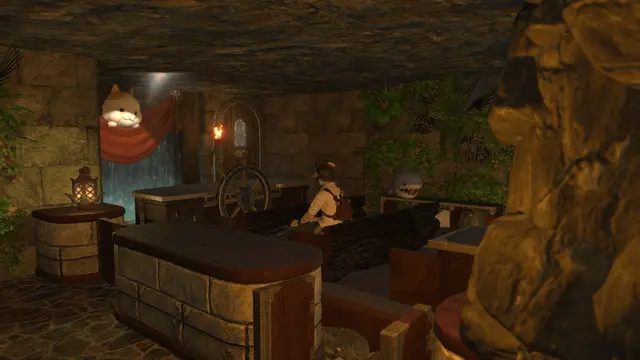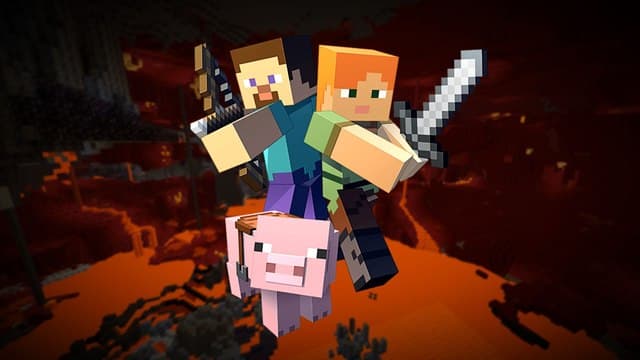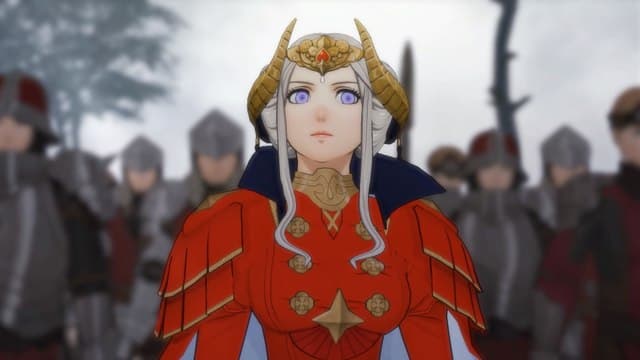I think I realized that Minecraft had reached a cultural saturation point when a friend asked that I buy toys of it for her young daughter for Christmas. Said daughter isn’t even old enough to reach the keyboard, much less work with redstone — meaning she had absorbed it entirely through osmosis via her father and older brother, enjoying the colorful creature designs and cute voxel aesthetic without ever assembling her own tree-punched axe.
I suspect more and more young children are getting into Minecraft this way, what with the plushies and Lego sets and Telltale ‘Story Mode’ tie-in. But the core game also continues to prosper, with developer Mojang reporting that lifetime sales had recently passed 106,859,714 copies. For reference, that’s about a third of the population of the United States, more than ten times the population of Mojang’s native Sweden, and roughly on par with the Philippines. The company claims it’s selling about 53,000 copies each day. (Although The New York Times recently pegged its figure at 10,000 copies a day — still impressive!)
Part of this is helped by the sheer number of different platforms on which Minecraft is available, from iOS devices and Xbox One to its original home on PC. But a big chunk of Minecraft‘s success, I would argue, is owed to its sheer versatility for everything from children’s play to academic study. In some ways it’s the promise of Second Life fulfilled: a globally accessible, endlessly modifiable game space that can do everything from rendering 1:1 scale models of the U.S.S. Enterprise D to programming miniature versions of itself.
There are some other fascinating new statistics from Mojang (including that there are exactly four copies of the game in Antarctica, maybe one of them belonging to The Thing) in the infographic below.
(h/t Eurogamer.)

Via Mojang.


